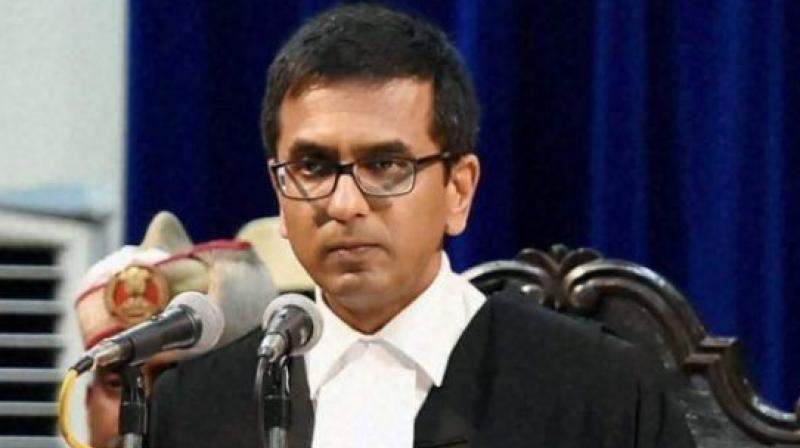The wheels of justice keep on grinding even as Chief Justices come and go. It was to ringing anticipation that Chief Justice D.Y.
Chandrachud had taken office more than two years ago in a term longer than those of many of his more recent predecessors. And he leaves on a note of some ambiguity regarding his legacy that he spoke about towards the end of his term. Take the case of the Aligarh Muslim University whose minority status had been struck down in 1967 by the Supreme Court on the grounds that it was created by a Central law and had the status of a Central university funded by the Government of India and was hence not eligible to be a minority institution.
A clear definition of its right to minority status, considering the history of the institution established in the 19th century and founded as the AMU in 1920, is to be welcomed now though the ruling by the larger bench on the guiding principle that it is eligible for minority status has taken a long time to come. The seven-judge bench, which ruled in a 4:3 majority after reserving judgment in February, has laid down the principles. How long the university will have to wait for its status is unknown as the case would have to go before a regular bench to adjudicate on the appeals against a 2006 verdict of the Allahabad high court that had struck down the law by which AMU was accorded minority status.
The fact that the issue had been in a legal maze for over seven decades and counting is a pointer to how mixed-up things ca.


















